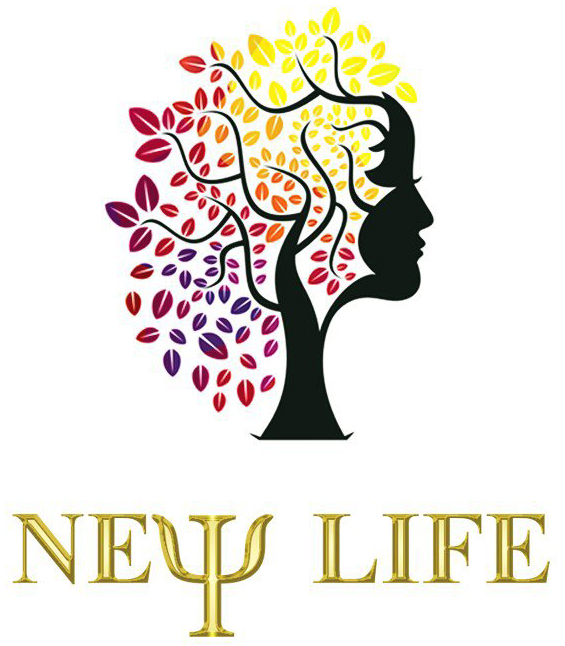Symbols of luck have been woven into human culture for thousands of years, shaping perceptions of fortune, divine favor, and success. In modern gaming, these symbols continue to play a crucial role, subtly influencing player behavior, engagement, and perceptions of fairness. This article explores how symbols of luck originated, their psychological impact, and their strategic use in contemporary game design, illustrating these concepts with examples like the popular lezeus slotgame.
- Historical Roots of Luck Symbols and Their Cultural Significance
- The Psychological Impact of Luck Symbols in Gaming
- Modern Game Design and Symbols of Luck
- Case Study: Le Zeus and Its Use of Mythological Symbols
- The Role of Randomness and Certainty in Symbolic Influence
- Non-Obvious Dimensions of Luck Symbols in Gaming
- Future Trends: Evolving Symbols and Virtual Realities
- Conclusion: The Enduring Influence of Luck Symbols on Modern Gaming
Historical Roots of Luck Symbols and Their Cultural Significance
Ancient Symbols of Luck: Four-Leaf Clovers, Horseshoes, and Their Origins
Ancient cultures often attributed supernatural qualities to certain symbols believed to bring good fortune. The four-leaf clover, for example, dates back to Celtic traditions where each leaf represented faith, hope, love, and luck. Its rarity made it a powerful talisman. Similarly, the horseshoe has origins in various cultures—ancient Greece and Rome—where it was hung above doorways to ward off evil spirits and attract luck. These symbols became embedded in daily life, influencing not just superstition but also cultural identity.
Mythological Symbols: Mount Olympus and Zeus as Representations of Divine Favor and Luck
In Greek mythology, Mount Olympus was considered the dwelling of gods, and Zeus, as the king of gods, symbolized divine power and favor. The association of Zeus with luck stems from his role as a dispenser of justice and fortune. In modern gaming, referencing such mythological figures reinforces themes of divine mastery and success, creating an atmosphere where players feel they are engaging with something greater than chance alone.
Cross-Cultural Comparisons: Norse Mythology and Loki as Symbols of Unpredictability and Luck
Across cultures, figures like Loki from Norse mythology embody unpredictability and chaos, which paradoxically can be linked to luck. Loki’s role as a trickster introduces elements of surprise, akin to the randomness in many modern games. Recognizing these cross-cultural symbols helps developers craft themes that resonate globally, leveraging deep-rooted beliefs about chance and fortune.
The Psychological Impact of Luck Symbols in Gaming
How Symbols Evoke Hope, Confidence, and Risk-Taking
Symbols of luck act as psychological triggers, fostering hope and confidence in players. For instance, seeing a horseshoe or a four-leaf clover can boost optimism, encouraging players to take bigger risks. This effect is rooted in classical conditioning: associating familiar symbols with positive outcomes enhances the belief that luck is on their side, thus increasing engagement and persistence within the game environment.
The Role of Subconscious Associations and Cultural Conditioning
Much of the power of luck symbols lies in subconscious associations cultivated over generations. Cultural conditioning teaches individuals to interpret symbols like rabbits’ feet or lucky coins as harbingers of good fortune. Modern games leverage these associations, embedding symbols that evoke comfort and trust, ultimately influencing player perceptions of fairness and potential success.
Examples in Classic and Modern Games
In classic slot machines, symbols such as bells or cherries served as visual cues linked to winning outcomes. Contemporary games incorporate similar symbols but often give them dynamic animations or thematic contexts, like mythical icons in adventure-themed slots. These elements serve to reinforce the idea of luck, making gameplay more engaging and psychologically rewarding.
Modern Game Design and Symbols of Luck
Incorporation of Traditional Symbols to Evoke Familiarity and Trust
Designers frequently incorporate traditional symbols such as horseshoes, four-leaf clovers, or lucky coins to evoke familiarity and trust. These symbols act as visual anchors, reassuring players of the game’s fairness and the presence of luck. For example, many slot themes use these icons as part of their core symbol set, creating an intuitive connection between tradition and entertainment.
Use of Mythological References to Create Immersive Themes
Mythological references, like those seen in lezeus slotgame, deepen immersion by aligning game narratives with divine or legendary symbols. Such themes evoke a sense of grandeur, power, and luck, making players feel part of an epic story where luck and skill intertwine.
Influence on Game Mechanics
Symbols of luck are often used as triggers for bonus rounds, jackpots, or special features. For instance, a specific icon might activate a free spins mode or unlock a progressive jackpot, reinforcing the association between lucky symbols and tangible rewards. This strategic placement leverages psychological cues to enhance player retention and excitement.
Case Study: Le Zeus and Its Use of Mythological Symbols
Integration of Divine Luck and Power from Greek Mythology
Le Zeus exemplifies how mythological symbols can be integrated into modern game design to evoke divine favor and mastery. The game features icons like the thunderbolt, laurel wreaths, and Mount Olympus itself, all of which symbolize divine power, luck, and success. These elements create a thematic unity that reinforces the idea that players are engaging with something extraordinary.
Mount Olympus as a Symbol of Divine Mastery and Success
Mount Olympus functions as a central visual motif, representing the pinnacle of divine authority and mastery. Its depiction in the game suggests that players can attain a level of god-like control over their fortune, which adds to the allure and perceived fairness of the game.
Enhancing Player Experience and Perceived Fairness
Incorporating mythological symbols like those in lezeus slotgame not only enriches visual storytelling but also fosters trust. Players subconsciously associate such symbols with divine fairness and power, which can positively influence their perception of the game’s legitimacy and their own luck.
The Role of Randomness and Certainty in Symbolic Influence
Responsible Gaming and Certified RNGs
Modern gaming relies heavily on certified random number generators (RNGs) to ensure fairness. While symbols of luck influence perceptions, technological measures guarantee outcomes are unpredictable and unbiased. This balance reassures players that their luck is complemented by fair play, fostering responsible gaming habits.
Symbols Coexisting with Fairness Measures
The psychological reassurance provided by luck symbols is enhanced when paired with technological fairness measures. Symbols act as positive cues, while RNGs uphold the integrity of the game, creating a harmonious relationship between perception and reality.
Psychological Reassurance
Players often view symbols of luck as a way to influence outcomes, even though outcomes are governed by RNGs. The visual presence of lucky icons provides comfort and hope, reinforcing the belief that luck can favor them at any moment.
Non-Obvious Dimensions of Luck Symbols in Gaming
Cultural Sensitivities and Ethical Use
Developers must consider cultural sensitivities when choosing symbols. For example, while a horseshoe might be positive in Western cultures, it may have different connotations elsewhere. Ethical use involves respecting diverse beliefs and avoiding symbols that could offend or mislead.
Evolution from Traditional Talismans to Digital Icons
As technology advances, traditional talismans like four-leaf clovers have been transformed into digital icons, emojis, or animated symbols. This evolution maintains their cultural significance while adapting to new visual languages, making them more engaging for digital-native audiences.
Visual Design and Animation
Animation and visual effects can heighten the sense of luck. For instance, shimmering effects on a lucky symbol or dynamic movement can amplify the perception of fortune, making symbols more memorable and emotionally impactful.
Future Trends: Evolving Symbols and Virtual Realities
Augmented and Virtual Reality
Emerging technologies like AR and VR will redefine how luck symbols are experienced, allowing players to interact with symbols in immersive environments. For example, a virtual coin flip or a glowing lucky charm could become part of a personal adventure, heightening emotional engagement.
Personalized Symbols Based on Player Preferences
Future games may adapt symbols to individual preferences or cultural backgrounds, creating a more personalized experience. This could involve dynamically changing symbols or themes that reflect a player’s heritage or beliefs, enhancing the emotional connection.
Balancing Innovation with Education
While visual storytelling evolves, maintaining educational value is vital. Clear explanations of how symbols influence perceptions can prevent misconceptions about luck and fairness, promoting responsible gaming practices.
Conclusion: The Enduring Influence of Luck Symbols on Modern Gaming
“Symbols of luck serve as bridges between ancient beliefs and modern technology, shaping how players perceive and interact with games. Their strategic use enhances engagement while respecting cultural and ethical considerations.”
Throughout history, symbols of luck have persisted as powerful tools that influence perceptions, behaviors, and game design. Modern developers skillfully blend tradition, psychology, and technology to create immersive experiences that resonate across cultures. As innovations like virtual and augmented reality emerge, these symbols will evolve, offering personalized and dynamic ways to experience luck. However, the core principle remains: responsible and culturally sensitive use of luck symbols enriches player engagement and sustains the timeless allure of games of chance.



